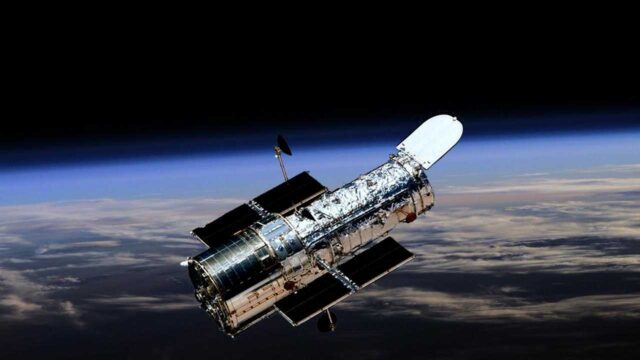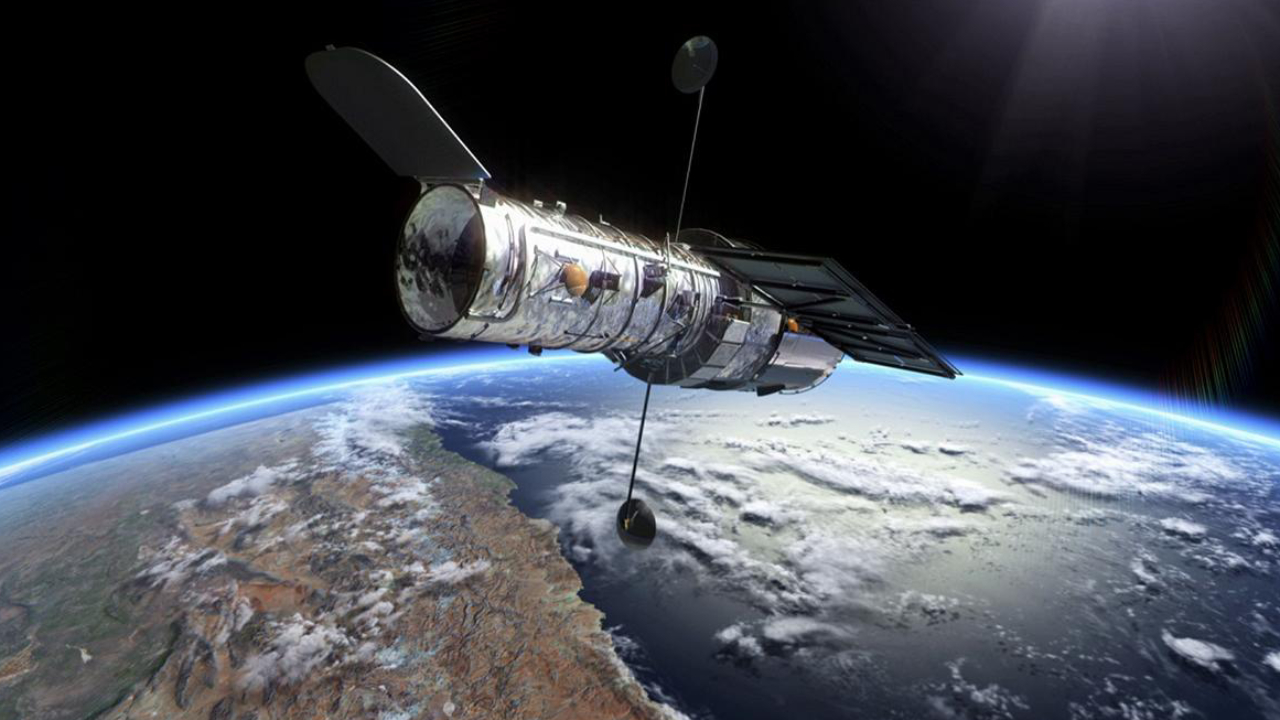The Hubble Space Telescope is still sending back excellent images from space, although the spotlight is now on the James Webb Space Telescope. Hubble has now imaged the spectacular remnants of a spectacular supernova explosion.
This is what supernova remnants imaged by Hubble look like
When stars much more massive than our Sun run out of fuel and explode as massive supernovae, these events not only lead to massive bursts of energy but also change the environment around them.
When the shock wave from the explosion travels millions of kilometers into space and hits clouds of dust and gas, it creates detailed and beautiful structures called supernova remnants.
One of the most famous remnants is the Cygnus Loop supernova, a bubble-shaped object about 120 light-years away. Hubble first imaged this remnant in 2020, and now scientists are using Hubble data again to examine how these remnants have changed over time.
Ravi Sankrit from the Space Telescope Science Institute, the lead author of the new study, said in a statement: “When you look at the Hubble images in detail, they are magnificent. “They tell us about the density differences that supernova shocks encounter as they move through space and the turbulence in the regions behind these shocks.”

Shock, over 800,000 kilometers per hour It is progressing at an incredible pace. The researchers calculated this by comparing Hubble observations from 2020 and 2001 to see how the shock front expanded over time. The results are seen in a time-lapse video on the Hubble website.
Researchers explain that the reason why the image looks like a filament is that we see it from the side, like a crumpled sheet. William Blair of Johns Hopkins University “You see ripples in the layer seen from the edge, so it looks like twisted strips of light. “These fluctuations occur when the shock wave encounters more or less dense material in the interstellar medium.” he expresses the situation.
The shape was created by the shock moving through the interstellar medium, the region of fine dust and gas between star systems. “When we pointed Hubble at the Cygnus Loop, we knew it was the leading edge of a shock front we wanted to study.
When we got the first image and saw this incredible, delicate band of light, it was a bonus. “We didn’t know it would solve this kind of structure,” says Blair. What are you thinking? Please don’t forget to share your thoughts with us in the comments.


